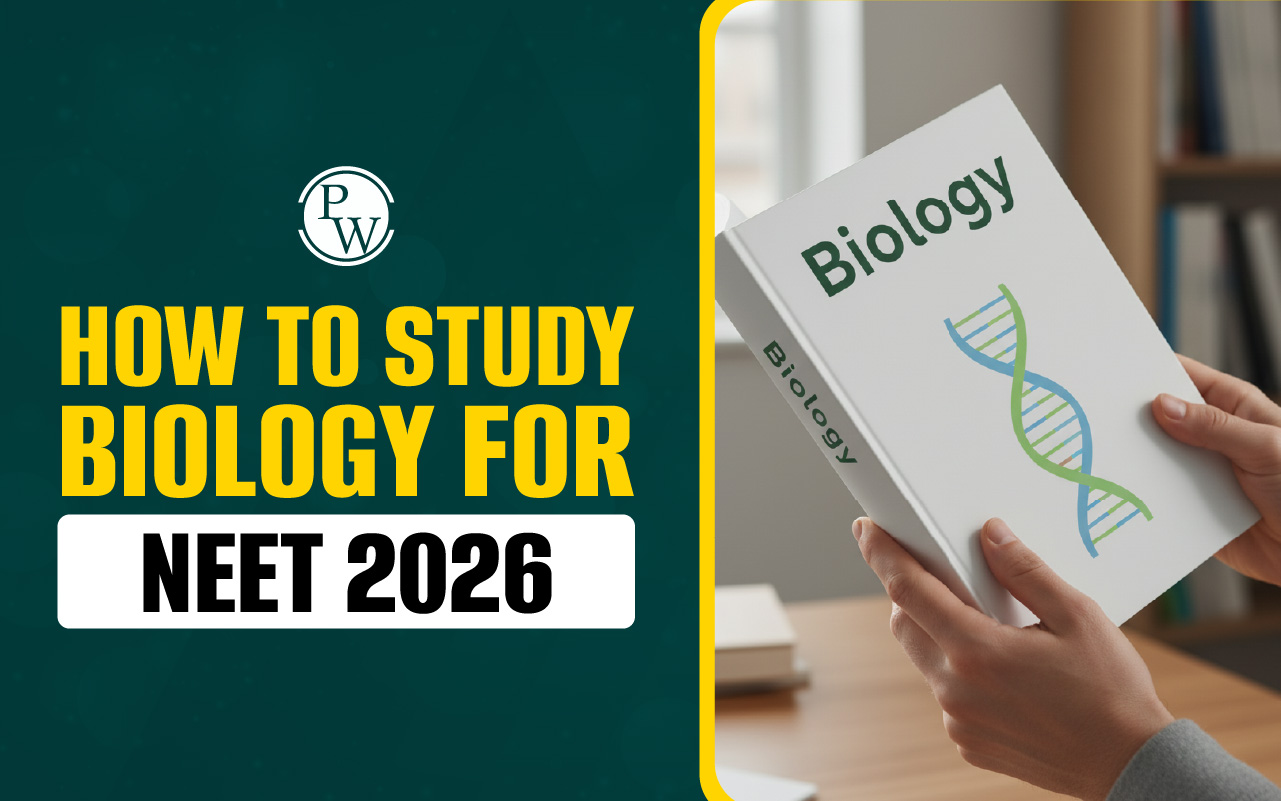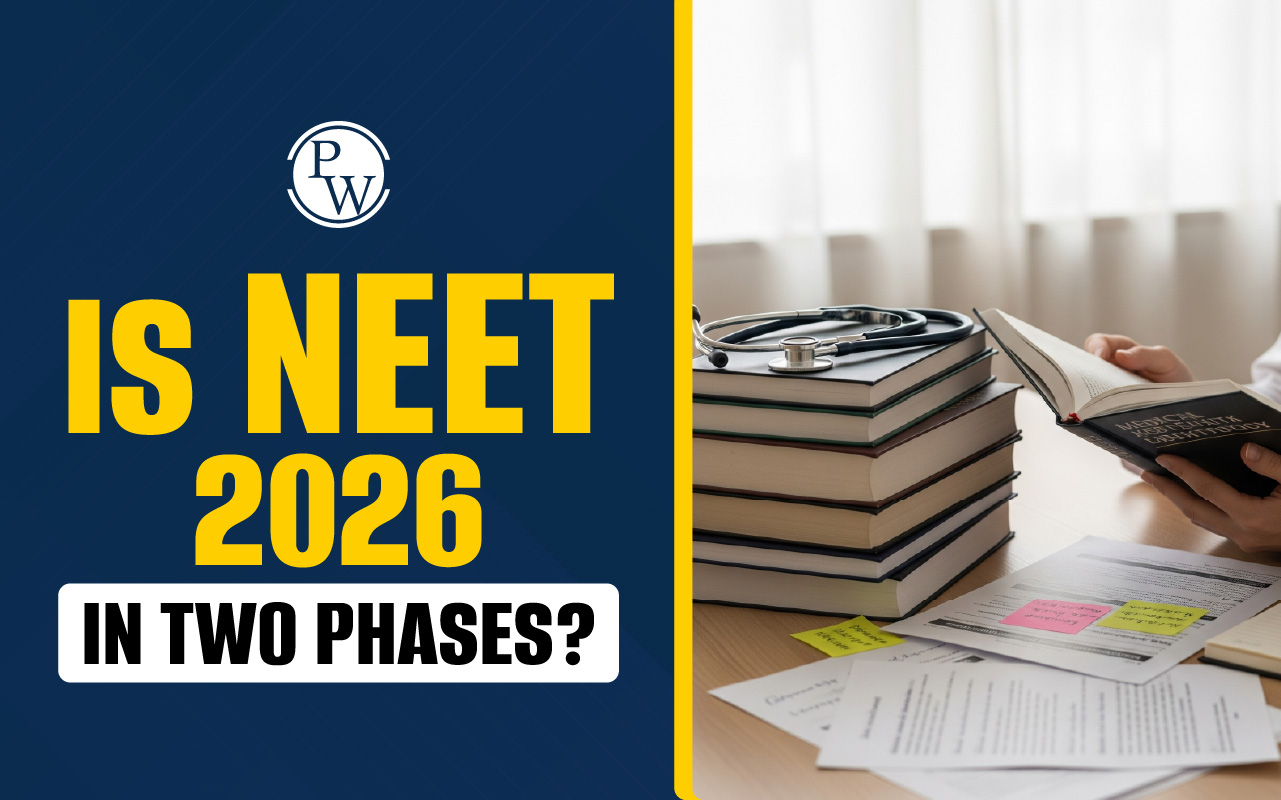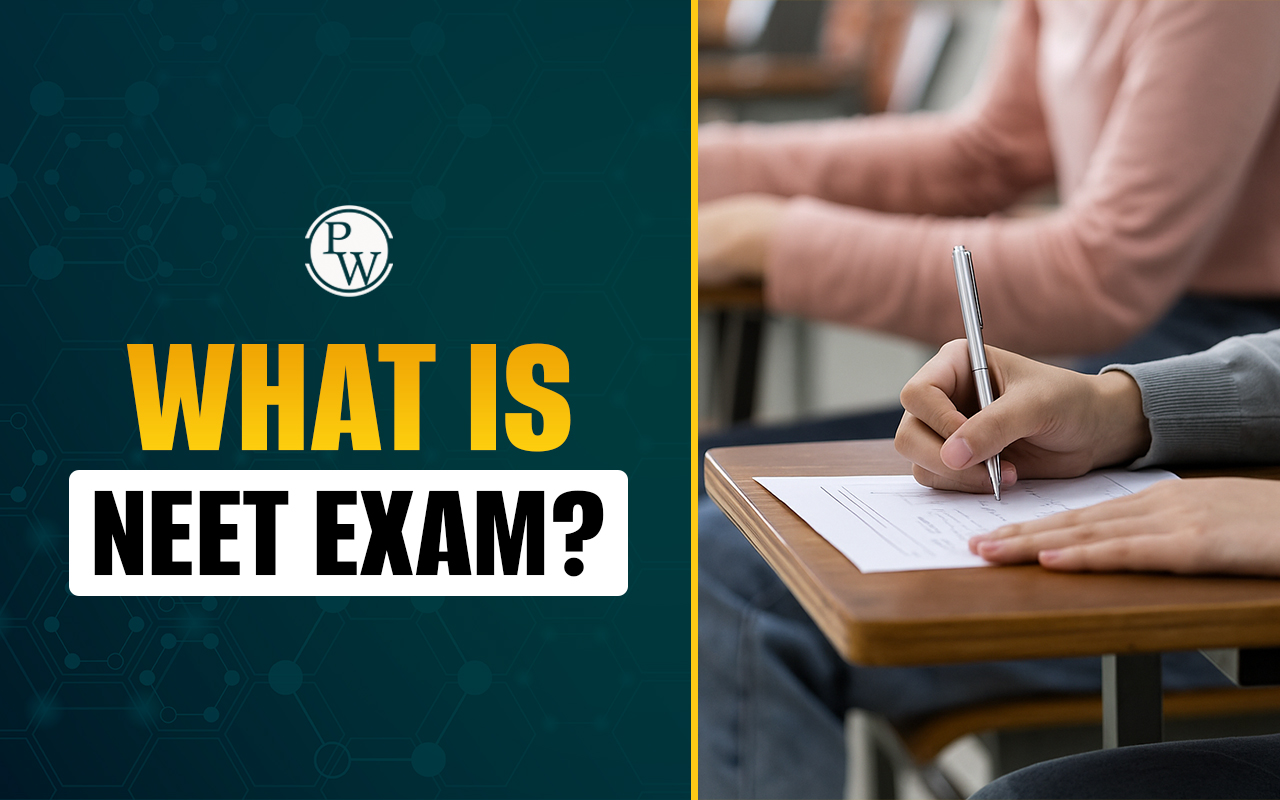
Difference Between Atom And Molecule : In our world, everything is made up of tiny building blocks called atoms and molecules. Atoms have protons and electrons, defining what things are. When atoms team up, they make molecules, creating different stuff.
Understanding how these tiny bits work helps us grasp how everything around us, from the air we breathe to the things we touch, comes to be. Let's explore these small particles to understand NEET physics and prepare better for the NEET exam.
Difference Between Atom And Molecule FAQs
What exactly is an atom, and how does it contribute to the things around us?
An atom is the smallest particle, like a tiny building block, with even smaller parts called protons and electrons. Together, atoms create everything we see.
How are molecules different from atoms, and can you provide a simple example?
Molecules are groups of atoms holding hands, making different things. For instance, water is a molecule formed by tiny hydrogen and oxygen atoms working together.
Why do atoms and molecules matter in understanding our world?
Exploring atoms and molecules helps us understand how things are made, from the air we breathe to the water we drink, and even the stuff we touch every day.
Can atoms exist by themselves, or do they always form molecules?
Atoms can exist on their own, but when they team up, they make molecules. Sometimes, though, they prefer staying solo.
How do atoms and molecules contribute to the diversity of materials and substances in our surroundings?
Atoms join together to form molecules, and these different combinations create the variety of materials and substance.
🔥 Trending Blogs
Talk to a counsellorHave doubts? Our support team will be happy to assist you!

Check out these Related Articles
Free Learning Resources
PW Books
Notes (Class 10-12)
PW Study Materials
Notes (Class 6-9)
Ncert Solutions
Govt Exams
Class 6th to 12th Online Courses
Govt Job Exams Courses
UPSC Coaching
Defence Exam Coaching
Gate Exam Coaching
Other Exams
Know about Physics Wallah
Physics Wallah is an Indian edtech platform that provides accessible & comprehensive learning experiences to students from Class 6th to postgraduate level. We also provide extensive NCERT solutions, sample paper, NEET, JEE Mains, BITSAT previous year papers & more such resources to students. Physics Wallah also caters to over 3.5 million registered students and over 78 lakh+ Youtube subscribers with 4.8 rating on its app.
We Stand Out because
We provide students with intensive courses with India’s qualified & experienced faculties & mentors. PW strives to make the learning experience comprehensive and accessible for students of all sections of society. We believe in empowering every single student who couldn't dream of a good career in engineering and medical field earlier.
Our Key Focus Areas
Physics Wallah's main focus is to make the learning experience as economical as possible for all students. With our affordable courses like Lakshya, Udaan and Arjuna and many others, we have been able to provide a platform for lakhs of aspirants. From providing Chemistry, Maths, Physics formula to giving e-books of eminent authors like RD Sharma, RS Aggarwal and Lakhmir Singh, PW focuses on every single student's need for preparation.
What Makes Us Different
Physics Wallah strives to develop a comprehensive pedagogical structure for students, where they get a state-of-the-art learning experience with study material and resources. Apart from catering students preparing for JEE Mains and NEET, PW also provides study material for each state board like Uttar Pradesh, Bihar, and others
Copyright © 2025 Physicswallah Limited All rights reserved.
Get App









